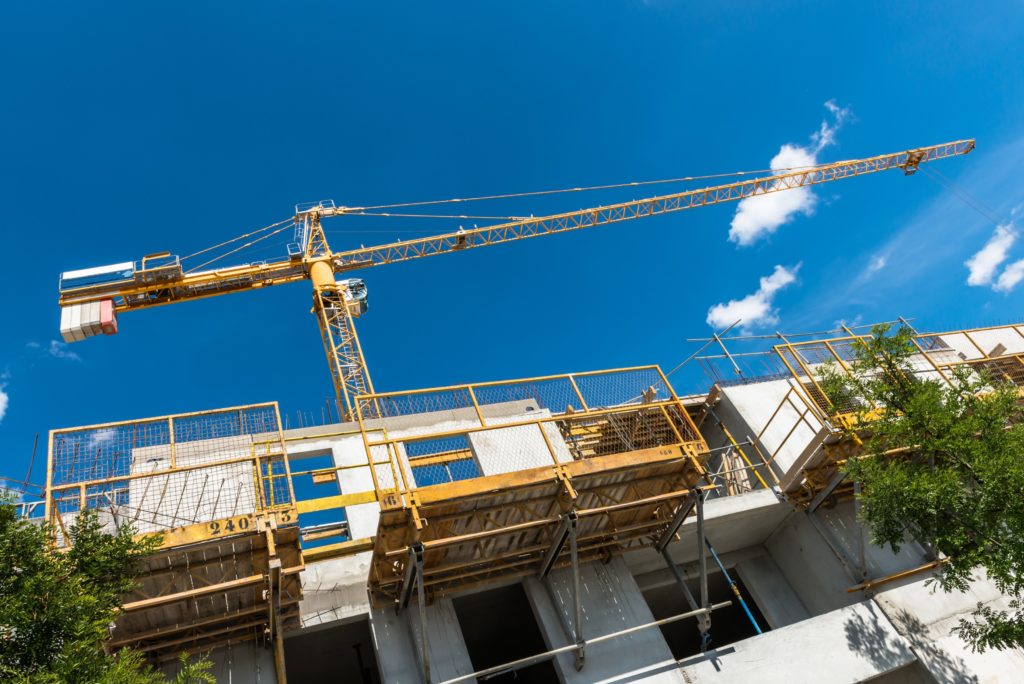Cross-sector
New vegetable fiber-based materials: 4 levers to massify their use
What are the 4 main levers to massify the use of vegetable fiber materials in industries?

The importance of limiting the exploitation of raw materials is no longer in question, as the depletion of natural resources has become a major issue. Sand, for example, is the second most exploited resource on earth after water. Its excessive removal has led to a drastic reduction of beaches in Florida: -80% in 20 years. France itself extracts the equivalent of four Pila dunes every year. In addition, certain events are now having immediate repercussions on our global supply system. Taking the example of the Suez Canal, through which 12% of annual world trade passes, and the consequences of a single tanker being blocked in 2021: 400 ships immobilised on each side of the Egyptian canal. The building sector is directly affected by the depletion of raw materials and supply crises, but are there levers to invest in to overcome these difficulties? Alcimed has identified 3 levers to activate in order to reduce the environmental impact of the construction industry and to achieve a sustainable supply.
The first lever would be to capitalise on existing buildings through renovation rather than new construction, which can reduce the carbon footprint of a single-family home by almost 40%.
The second lever is the reversibility of the building, which consists of changing the initial use of the building in order to conserve it and not demolish it, for example by converting what were originally offices into flats.
However, it is not enough to renovate or replace buildings as there is still a shortage of housing in the world: in France, depending on the projections, there is a shortage of between 150,000 and 500,000 homes. However, it should be noted that it is also possible to build “new with old”, and in fact, this approach fits perfectly into a logic of capitalisation on the existing.
A promising lever is the reuse of construction materials from the demolition of a building that generates a large amount of construction waste.
Some of these building materials can be reused after being integrated into a transformation cycle. PVC from windows, for example, can be recovered and reused in the manufacture of new windows via platforms such as “Cycle Up” who is a player in the circular economy.
New circular economy projects are emerging, such as that of the Société du Grand Paris, which has set the objective of recovering 70% of excavated soil for new projects. In this context, recycled materials, from the demolition of the former Centrale-Supelec campus in Chatenay-Malabry (Hauts-De-Seine), were used for the construction of LaVallée, an eco-district.
Discover how to implement a circular economy initiative >
However, the reuse of construction materials for new building sites is still too rare: in France, only 1% of materials from demolition sites are reused in construction.
The reuse of materials from existing buildings is indeed hampered by the difficulty of traceability: we do not know what is in a building. There is no exhaustive list of the concrete composition or of the insulation materials. Even if detailed plans exist, it is rare to know the exact location of electrical networks for example. If the building is to be used as the material bank that it is, it is essential to make a precise inventory of the materials, their location, quantity and composition.
“Finally, an efficient management of the supply chain in the building industry coupled with the contribution of data for traceability could favour and create a competitive advantage for companies in the medium term” Vincent, Head of Excellence Center at Alcimed.
The digital platform “Looping” is thus a tool for structuring the demand for reuse materials, it allows to put in contact the owners who will detail and quantify their requests for materials upstream of their projects with industrialists, physical or digital platforms, or even associations which will have access to this demand and will be able to answer it on their side.
Alcimed is interested in the contribution of digital technologies to the development of new and more efficient circular economy strategies in the field of construction. In addition to the construction sector’s interest in low-carbon solutions, the more efficient reuse of building materials could further accelerate the transition to a more sustainable construction industry. Don’t hesitate to contact our team to discuss the subject in more detail!
About the author,
Oriane, Project Manager in the Alcimed’s Chemistry and Materials team in France
Do you have an exploration project?
Our explorers are ready to discuss it with you